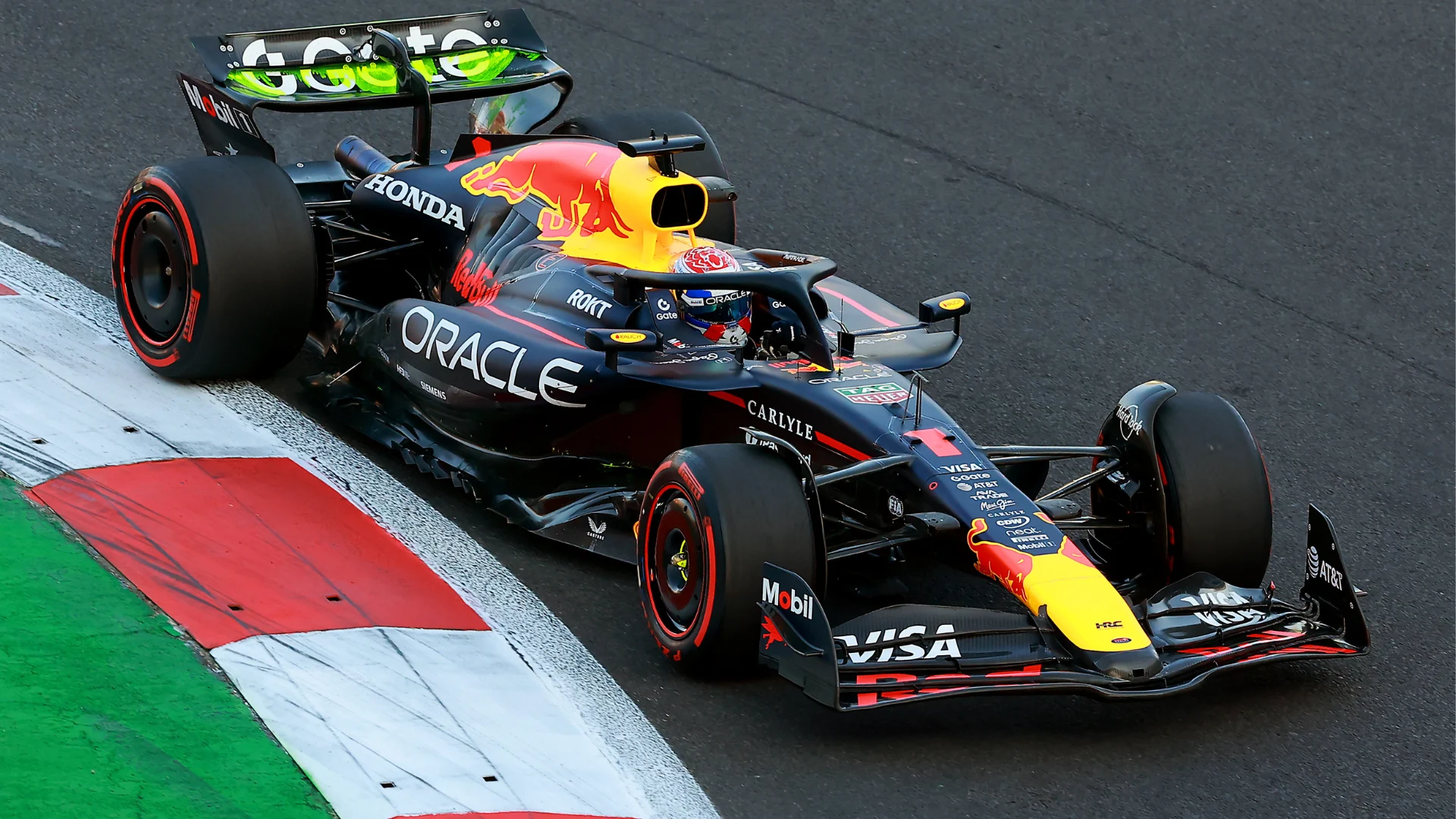- SP among three cops martyred in Hangu blasts Dawn
- SP, 2 other policemen martyred as back-to-back blasts rock KP’s Hangu Dawn
- Hangu tragedy raises questions over lack of bulletproof vehicles for KP field officers The News International
- Roadside…
Author: admin
-
SP among three cops martyred in Hangu blasts – Dawn
-
Rabi wheat target set at 30m tonnes – Dawn
- Rabi wheat target set at 30m tonnes Dawn
- Govt approves wheat policy 2025-26, sets price at Rs3,500 per 40kg Geo TV
- IMF allows Pakistan to procure 6.2 million tonnes of wheat to replenish strategic reserves Profit by Pakistan Today
- Sindh sets…
Continue Reading
-

Ribo granted EMA Orphan Drug Designation for siRNA therapeutic RBD1016 for hepatitis delta Virus (HDV) Infection
BEIJING, China & GOTHENBURG, Sweden — 2025-10-24 — Suzhou Ribo Life Science Co., Ltd. and Ribocure Pharmaceuticals AB (Ribo), today announced that the European Medicines Agency (EMA) has granted Orphan Drug Designation (ODD) to RBD1016 for…
Continue Reading
-

Khloe Kardashian posts cute snaps of her kids True, Tatum
Khloe Kardashian shares cute snaps of True, Tatum Khloe Kardashian has spent some quality time with her family in October.
On Friday, October 25, the reality star took to her Instagram account and shared some…
Continue Reading
-

Putin envoy Dmitriev says US, Ukraine, Russia close to ‘diplomatic solution’ on war
The head of Russia’s sovereign wealth fund, Kirill Dmitriev, speaks to members of the delegation and journalists after the US-Russia talks in Riyadh, Saudi Arabia, February 18, 2025. — Reuters - Dmitriev arrives in…
Continue Reading
-

From The Killers To Role Model & More
Over a year after It Ends With Us hit theaters in August 2024, the next film adaptation of a Colleen Hoover best-seller, Regretting You has arrived on the big screen.
Starring Allison Williams, Dave Franco, Mason Thames, Mckenna…
Continue Reading
-

Behind the Emirates NBA Cup 2025 court designs with Victor Solomon
The Emirates NBA Cup 2025 tips off on Oct. 31 and will once again feature playing courts with a bold and distinctive style.
The Emirates NBA Cup is back, and so are the custom designed courts for each team.
For the past two seasons, the courts…
Continue Reading
-

FIA Team Principals press conference – 2025 Mexico City Grand Prix
QUESTIONS FROM THE FLOOR
Q: (Scott Mitchell-Malm – The Race) To all three. Jonathan mentioned the issues in FP1. Just wanted to know how big a deal it was for your three teams. What were you missing? Was it just GPS? Was it more? And for Ayo…
Continue Reading
-

Max Verstappen leads Charles Leclerc and Kimi Antonelli during second practice in Mexico
Red Bull driver Max Verstappen set the pace during second practice at the Mexico City Grand Prix, the Dutchman leading the way from the Ferrari of Charles Leclerc and Mercedes’ Kimi Antonelli.
After a total of nine rookies were given an outing…
Continue Reading
-

Can Central Bank Digital Currencies Improve the Delivery of Social Safety Nets?
Summary
This paper explores how central bank digital currencies (CBDCs) could enhance the delivery of social safety nets (SSNs). It assesses CBDC design features and their implications for payment administration and delivery. Findings suggest that using CBDCs solely as payment delivery solutions offers limited advantages over existing systems such as faster payment systems. However, leveraging CBDCs as payment administration platforms—with peer-to-peer transfers, decentralized ledger access, and advanced programmability—could transform SSN delivery by enabling agencies to automate transfers, operate independently from private financial intermediaries, and monitor transactions directly. These benefits come with significant challenges, including privacy concerns, compliance risks, and infrastructure requirements. The paper emphasizes that realizing CBDCs’ full potential for SSNs will depend on thoughtful integration with existing systems and a clear understanding of their comparative advantages. Aimed at social protection policymakers and finance specialists, it highlights the need for collaboration between CBDC developers and SSN administrators to ensure that digital currencies effectively support inclusive and efficient benefit delivery.
Subject:
Blockchain and DLT,
Central Bank digital currencies,
Smart contracts,
Technology
Keywords:
Blockchain and DLT,
Central Bank digital currencies,
Central Bank Digital Currencies,
Financial Inclusion,
Fintech,
Government Transfers,
Payment Systems,
Smart contracts,
Social Safety NetsContinue Reading